Uttarayan, the Festival of Kites in Gujarat is a spectacle to behold. The day marks the end of winters and the onset of summers according to the Hindu calendar. To celebrate this occasion, people fly kites, decorate them in their unique way, assist flyers by holding their spindle, wear new clothes, compete with nearby kite-flyers in kiting competition, relish delectable Gujarati dishes and desserts, and host house parties with their family members and loved ones. So, if you are planning to be a part of the upcoming Uttarayan Kite Festival, here are some things that you must know: -
1. History of Flying Kites in India
It is believed that the Muslim traders first brought kites to India. Over a thousand years ago, kites were first mentioned in a song composed by Santnambe. Also, there are various classic miniature paintings which depict people flying kites. Since Gujarat lies at the westernmost edge of India, the Hindu and Muslim cultures blended quite well in this region. This is one of the major reasons why the people of Gujarat enjoy flying kites so ardently.
It is believed that on this day, God wakes up from a deep sleep. The tradition was initially created by royalties and was later followed by the Nawabs in the regions to show their talents. The popularity increased with time and soon flying kites was one of the most preferred leisure activities for the people of Gujarat which eventually led to the Makar Sankranti kite festival!
2. History of Kite Festival in Gujarat
Although the festival is celebrated all across Gujarat, some of the major centers for the kite festival are Ahmedabad, Vadodara, Surat, Rajkot, and Nadiad. However, the International Kite Festival in Gujarat is hosted by the city of Ahmadabad. As a part of the annual celebration of Uttarayan, Gujarat invites experienced kite makers and flyers from all across the globe. In recent years, the annual kite festival witnessed people from all over the world showcase their talents. The kite festival invites master kite makers from Malaysia who bring their special wau-balang kites while Indonesia brings llayang-llayang kites, Rokkaku kites from Japan, sculptural kites from Italy, and dragon kites from China. Also, Rasulbhai Rahimbhai – a famous master kite flyer from Ahmadabad ties up about 500 kites on a single string which is one of the most sought after attraction for tourists and locals at this festival. Apart from this, you can also have a look at the high-speed sport kites, box kites, windsocks, spin-socks, and even hand-painted inventive kites that make for an enthralling sight.
3. The food at the Kite Festival
Any Gujarati festival is incomplete without some lip-smacking food. Since Gujaratis are hardcore foodies, they make sure that their guests’ plates are filled with flavorful delicacies. Some of the most prominent dishes served at the time of Ahmadabad's International Kite Festival in Gujarat are undhiyu (a mixed vegetable including yam and beans), khichdo, dhokla, chavanu, til ladoo (sweets made from sesame seeds), and chikki while the most famous dessert is jalebi. These snacks are enjoyed well with a hot cup of tea by people while they gaze at the sky filled with vibrant and colourful kites.
4. How the Locals Celebrate it.
Uttarayan is one of the most prominent festivals in Gujarat and thus holds a lot of significance, so much so that each household starts preparing for the festivals in the weeks leading up to it. The entire festival lasts for a week and comes to an end on the day of Uttarayan, also known as Makar Sakranti in North India.
Most of the shops and markets are shut down so that everyone can enjoy this festival with their dear ones. Some might visit the kite festival and witness the unique kite formations with their loved ones while some would host a house party and invite their dear ones. Almost every rooftop in Gujarat is decked up on this day for the kite competition. The kite festival in India is observed by healthy competition between their family members and neighbors.
While some people in Gujarat build their own kites, people also have a few favored kite-makers who can build strong kites with pliable bamboo frames and kite-paper stretched to each end for a smooth flight. Then, the kite is attached to a spool (or firkin) of manja (a special kite-string coated with a mixture of glue and glass). This is done to make the string strong and sharp to be able to cut the strings of the rival teams’ kites. Since Uttarayan is a key festival in the month of January, the streets are filled with kite shops and stalls from the beginning of November.
Now comes the ‘awesome’ bit. The festival emerges in its utmost glory at the time of dusk! As the sun sets, kite fighters are sent up in the sky with vibrant white kites that glow up the sky. Also, some expert flyers would send aloft their tukkals with brightly lit lanterns attached to their strings in a long trail that bestows a mesmerizing view. So, no matter what time of the day it is, the kite festival in India enthralls throughout its duration.
It does not matter from which country you belong or which cultural beliefs you have; you can enjoy the kite festival in India in all its glory and know more about Uttarayan. So, if you happen to travel to Gujarat in January, be sure that you book a Gujarat tour package that includes the international kite festival so that you can witness in person one of the most mesmerizing sights in India.






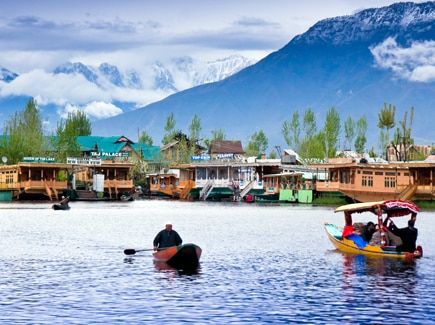
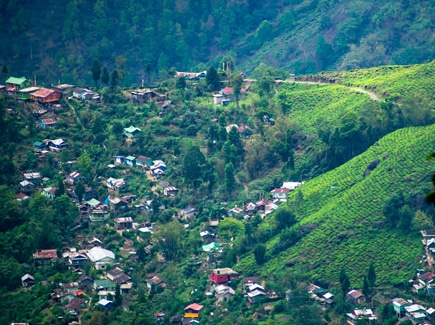
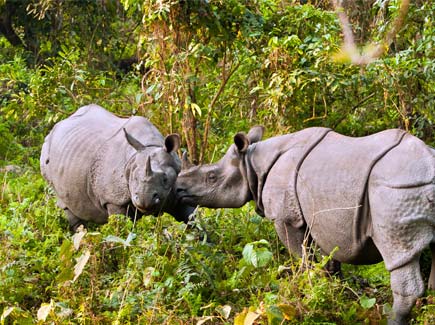
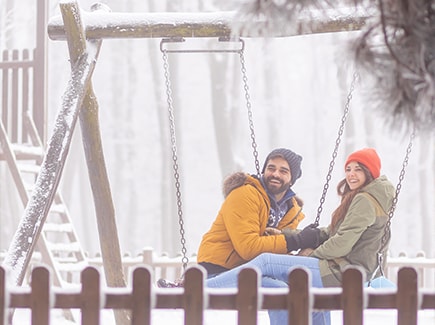
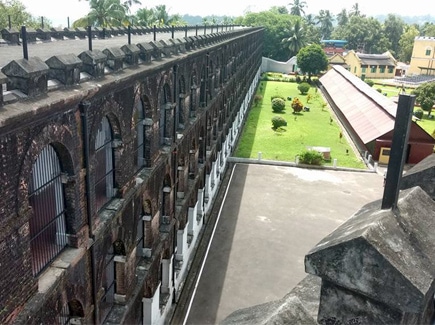
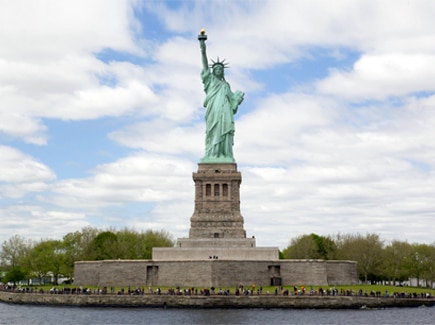
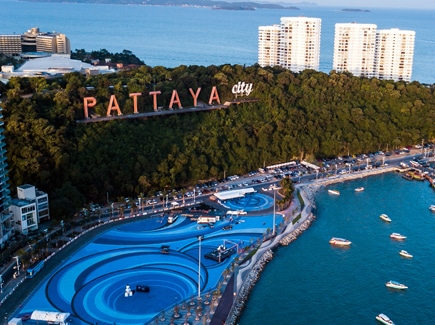
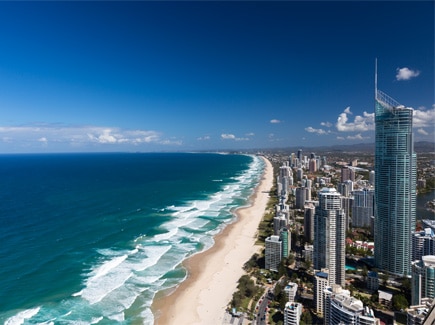
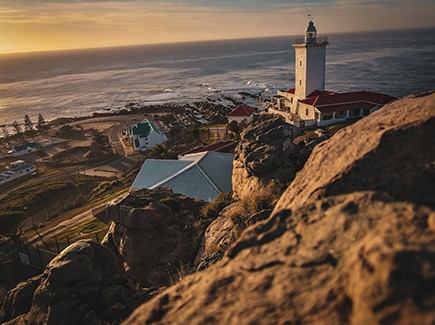


















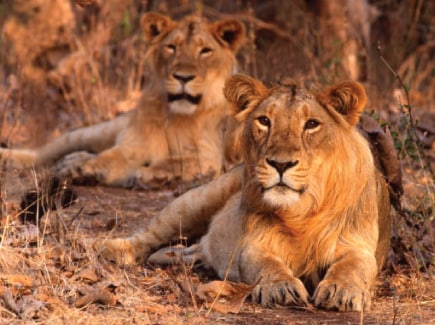
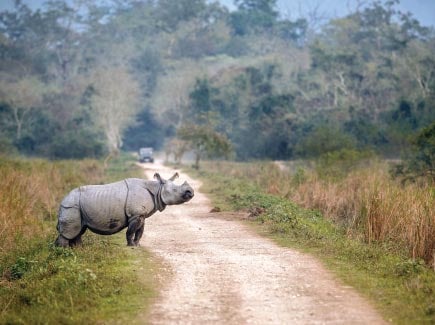
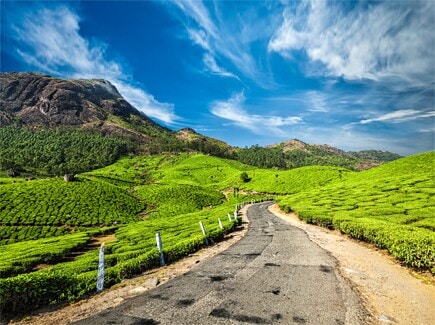
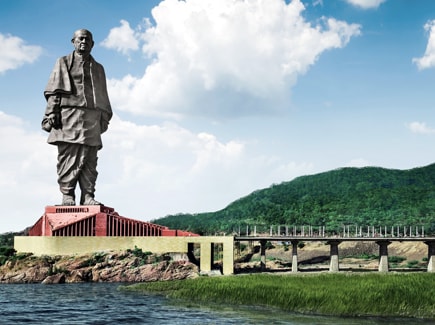
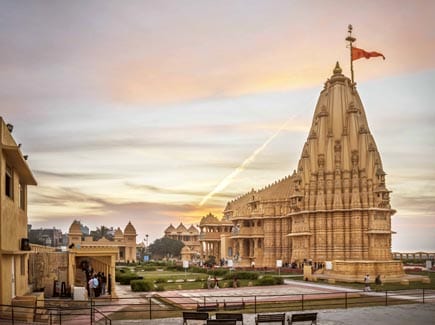














Post your Comment
Please let us know your thoughts on this story by leaving a comment.